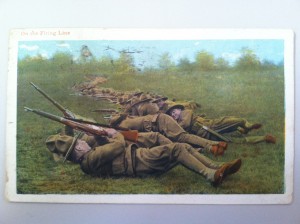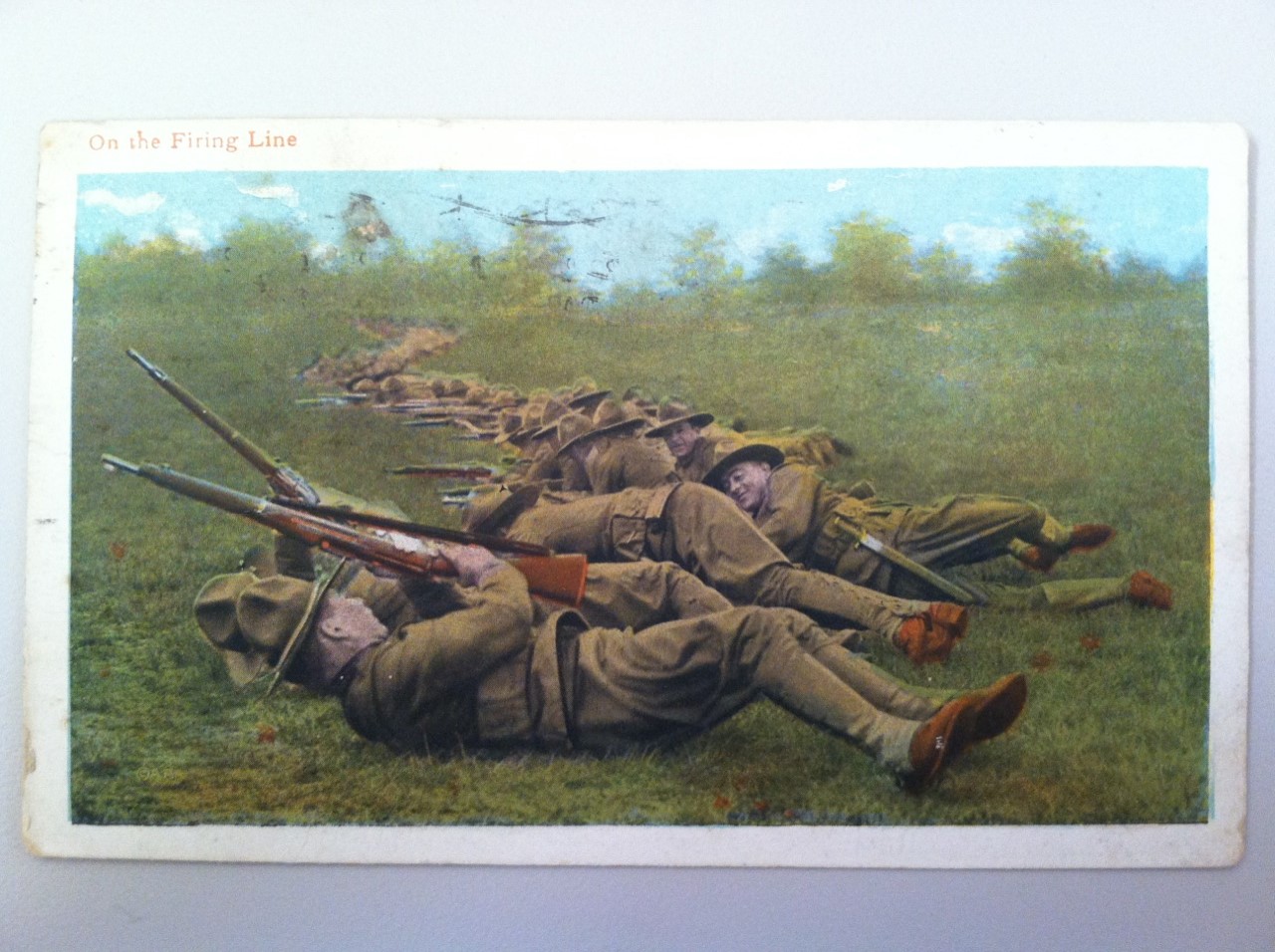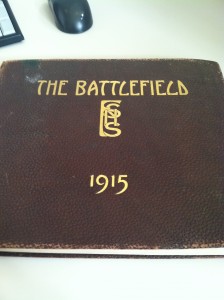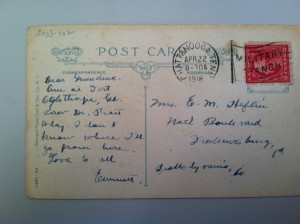After a long 2 hours of brainstorming, Julia, Jack, Candice, and I finally came up with a rough outline of our site that we are pleased with! It was much more difficult than I had anticipated, but I think that was a good thing, because it gave us a lot of time to consider potential problems with our future site. One of the most difficult aspects of the planning was to decide how we wanted to split up the content of the site–originally we thought of splitting it into War, School, and Flu. However, “War” is much too broad and really crosses over into the School category. We went through several other permutations of categories before settling on spatial separations: Fredericksburg and SNS. What we struggled with the most in creating the categories was what to do with the Influenza Epidemic. We wanted to make it a third category, but it doesn’t fit the spatial theme, and in fact crosses the spatial boundaries since the epidemic hit SNS and Fredericksburg. But, for readers interested solely in the flu epidemic, we worried that they wouldn’t want to look on two separate pages for information regarding one topic. However, we ultimately decided that because the experience of the epidemic was different enough in both places, it would be logically acceptable to have it on separate pages.
The following is the rough outline of our website:
Landing Page/Home Page: Brief introduction to project/site; “About” link for more information; Search bar, etc.
∙ General timeline for WWI and Fredericksburg/SNS
∙ 2 large image links: one to Fredericksburg main page and one to SNS main page
Fredericksburg Main Page: Brief overview of WWI homefront experience in the city; Image links to focused categories/resources
∙ Eastburn War Diaries Page: Detail parts of the homefront experience as evidenced by the diaries, in a larger narrative about the city; accounts for international events as well as local issues like prices and material shortages
- § Bring in other Fredericksburg sources like singular photos and military records to flesh out media and experience, MW Hospital records
- § Possible timeline
∙ Knox Family Page: Tell part of the homefront narrative through the Knox family’s experience; one son went to Europe and died over there; husband died in flu epidemic
- § General timeline
- § Narrative with images from collection
- § Link to Fredericksburg influenza page
∙ Rowe Family Page: Tell part of the homefront narrative through the experience of Josiah P. Rowe, Jr. (an aviator); mentions meeting “Fredericksburgers” in Europe during war and receiving a care package; can’t wait to come home at the end of the war
- § General timeline
- § Narrative with images from collection
∙ Influenza Page: Describe how the 1918 influenza epidemic affected the city of Fredericksburg, not including SNS
- § Sources: Fredericksburg Daily Star newspaper articles
- § Link to SNS influenza page
State Normal School Main Page: Brief overview of WWI homefront experience at the State Normal School; Image links to focused categories/resources
∙ Administration Page: Describe administrative issues and changes made during the war; worker shortages, requests for salary increases
- § Sources: President Russell Papers, other administrative collections
∙ Academics Page: Describe changes and adaptations made to curriculum during the war; ex. Food Conservation class
- § Sources: Academic catalogs and bulletins
∙ Student Life Page: Discuss student life during the war and how it was/was not affected; especially focus on Clubs
- § Sources: Battlefield Yearbooks, Academic catalogs and bulletins
- § Photo galleries with photos from Battlefield Yearbooks and student scrapbooks
∙ Influenza Page: Describe the impact of the 1918 flu epidemic on the school; ex. Number of students ill, closing of school, death of Virginia Goolrick
- § Sources: President Russell Papers, Accounting records









